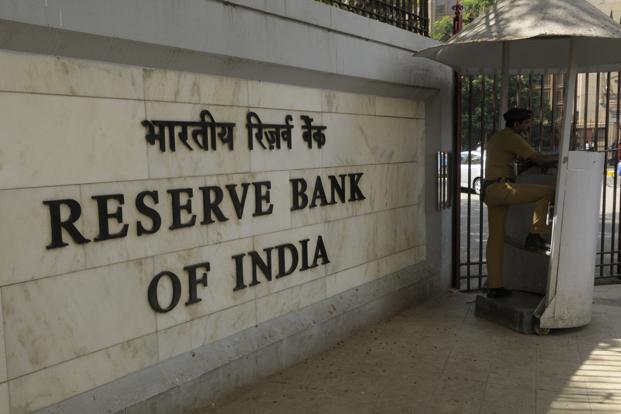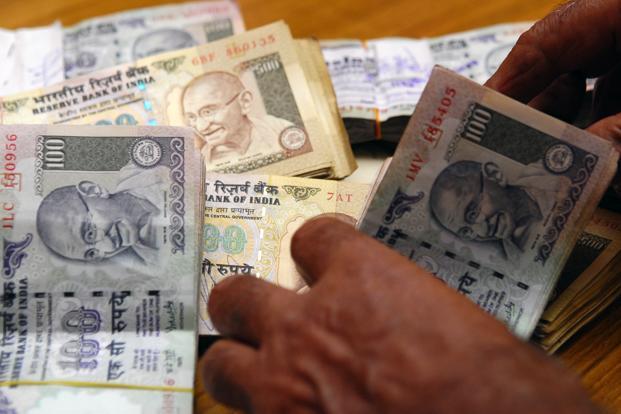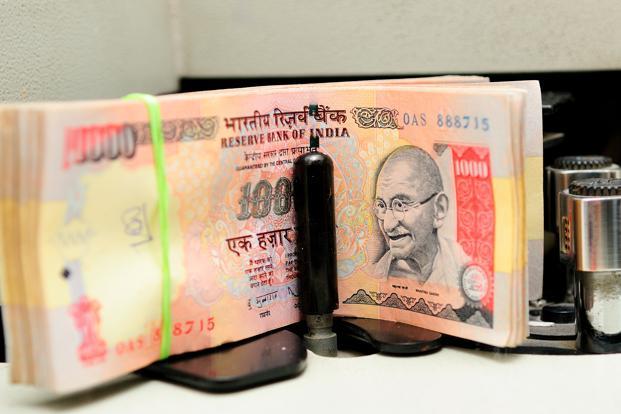Nine out of 10 bond dealers expect Reserve Bank of India (RBI) to cut its policy rate on Tuesday when the central bank announces its last mid-quarter review of monetary policy for fiscal 2013 that ends in March, but bond yields are not reflecting this expectation. In the past fortnight, the yield on the benchmark 10-year government bond has remained in the range of 7.8%-7.9%. If indeed there is so much bullishness all around on a possible rate cut, why aren’t the yields dropping? The reason behind this is fairly simple. The market is staring at a Rs.5.79 trillion record government borrowing programme in next financial year starting 1 April and as much as Rs.3.5 trillion, or about 60% of the annual gross borrowing, could be raised in the first six months. Net of redemption of old bonds, the net borrowing in fiscal 2014 will be Rs.4.84 trillion. Against this backdrop, a 25 basis points (bps) rate cut—which most bond dealers are expecting—is unlikely to have a dramatic impact on bond yields and prices, which move in opposite directions. One bps is a hundredth of a percentage point.
Even though the wholesale price inflation marginally rose in February to 6.85%, higher than January’s 6.62%, and retail inflation continues to remain in double digits, it is fairly certain that India’s central bank will pare its policy rate but the time of the rate cut is still in the realm of speculation. Will RBI go for a 25 bps rate cut this week and follow it up with an identical cut in May when it announces the monetary policy for next fiscal year, or will it refrain from any rate cut now but go for a sharp, high-impact 50 bps cut in May? Both are feasible, but the central bank may probably opt for the first option and stagger the cut to play safe. A cut in banks’ cash reserve ratio (CRR), or the portion of deposits that commercial banks need to keep with RBI, too may have to wait till May to happen.
In January, RBI governor D. Subbarao cut both the policy rate as well as CRR by an identical margin—25 bps each—something which he had not done since he took over this assignment in September 2008 just after the collapse of US investment bank Lehman Brothers Holdings Inc. The repo rate, or the rate at which RBI gives short term money to banks, is 7.75% now and the CRR 4%—a level last seen in December 1974. In September 2008, both the repo rate as well as CRR were 9% each.
In April last year, Subbarao went for a half a percentage point rate cut with an implicit understanding with the finance ministry that it would take appropriate steps to rein in the rising fiscal deficit by cutting subsidies and freeing some of the administered prices, but that did not happen till there was a change of guard at the ministry and a deeply disappointed governor refrained from any monetary easing till this January even after P. Chidambaram, who replaced Pranab Mukherjee as finance minister in August, made a highly sentimental remark that he would need to walk alone to bring back Asia’s third largest economy on the growth path with no support coming from the central bank. This year’s budget has taken a few concrete steps for fiscal consolidation and they may convince Subbarao to go for monetary easing even though the scope for easing is limited. Last week, in a speech delivered at the London School of Economics, Subbarao said various RBI studies have identified the threshold level of inflation in the range of 4%-6% and inflation above 6% justifies tightening of the policy stance.
The level of wholesale inflation in February was 6.84% but still RBI is likely to go for a rate cut because overall inflation trajectory remains quite muted and the spike in February figures was primarily driven by hike in fuel prices. And the non-food, non-oil, manufacturing, or the so-called core inflation, in February dropped to 3.8%, the lowest in almost three years. The record high current account deficit is a critical concern but this may not come in the way of a rate cut as the high current account deficit in the current context is not a reflection of an overheating economy. This is more to do with supply-side issues, which the government needs to address. Similarly, high retail inflation and the widening gap between wholesale and retail inflation is driven by food inflation, on which monetary policy does not have a great influence. Finally, the 2.4% factory output growth in January, much above the consensus analysts’ estimates, should also not dampen the spirit of those who are expecting a rate cut. The figure does indicate a pick-up in domestic and external demand and an economic recovery but this will be a slow and relatively long process.
The budget has laid down the path for fiscal consolidation and RBI would need to reciprocate by easing its monetary policy. Theoretically, a rate cut will prop up the sentiment and encourage corporations to invest which in turn will help the economy grow. This is critical for fiscal consolidation as well as the revenue projection in the budget is based on the assumption of higher growth. However, it is unlikely that commercial banks will aggressively cut their loan rates even after RBI cuts its policy rate. This is simply because banks in India primarily depend on deposits for resources and, as long as they are unable to cut deposit rates, they cannot pare their loan rates. The year-on-year growth in bank deposits till the first week of March has been 12.7% against a 16.3% credit growth and the credit-deposit ratio in the banking system in the third week of February rose to its historic high of 78.13. Banks are not being able to mobilize enough deposits to support their loan growth and, hence, they are unable to pare deposit rates. As a result of this, they cannot cut loan rates.
The only way to force them to cut loan rates could be a combination of policy rate as well as CRR cut, but there is no compelling case for a cut in CRR at this point. Indeed, the average daily deficit in the banking system is more than Rs.1 trillion in past one week and this can rise to Rs.1.5 trillion in the next few days as advance tax for the March quarter paid by Indian corporations will flow out of the banking system but by March end and beginning of April, money will flow back to the system as the government will start spending. The core deficit in the system even at this time is not more than Rs.35,000-Rs.40,000 crore but the figures read much higher because of the high government cash balance kept with RBI. The banking system’s liquidity position does not reflect this balance.
Once the government starts spending, the money will flow into the system and deficit will shrink. RBI may have to go for a CRR cut in May to ensure smooth sailing of the government’s huge market borrowing.
We can expect a 50 bps rate cut, along with at least a 25 bps cut in CRR before the base effect catches on with wholesale inflation and RBI finds little room for monetary easing.



